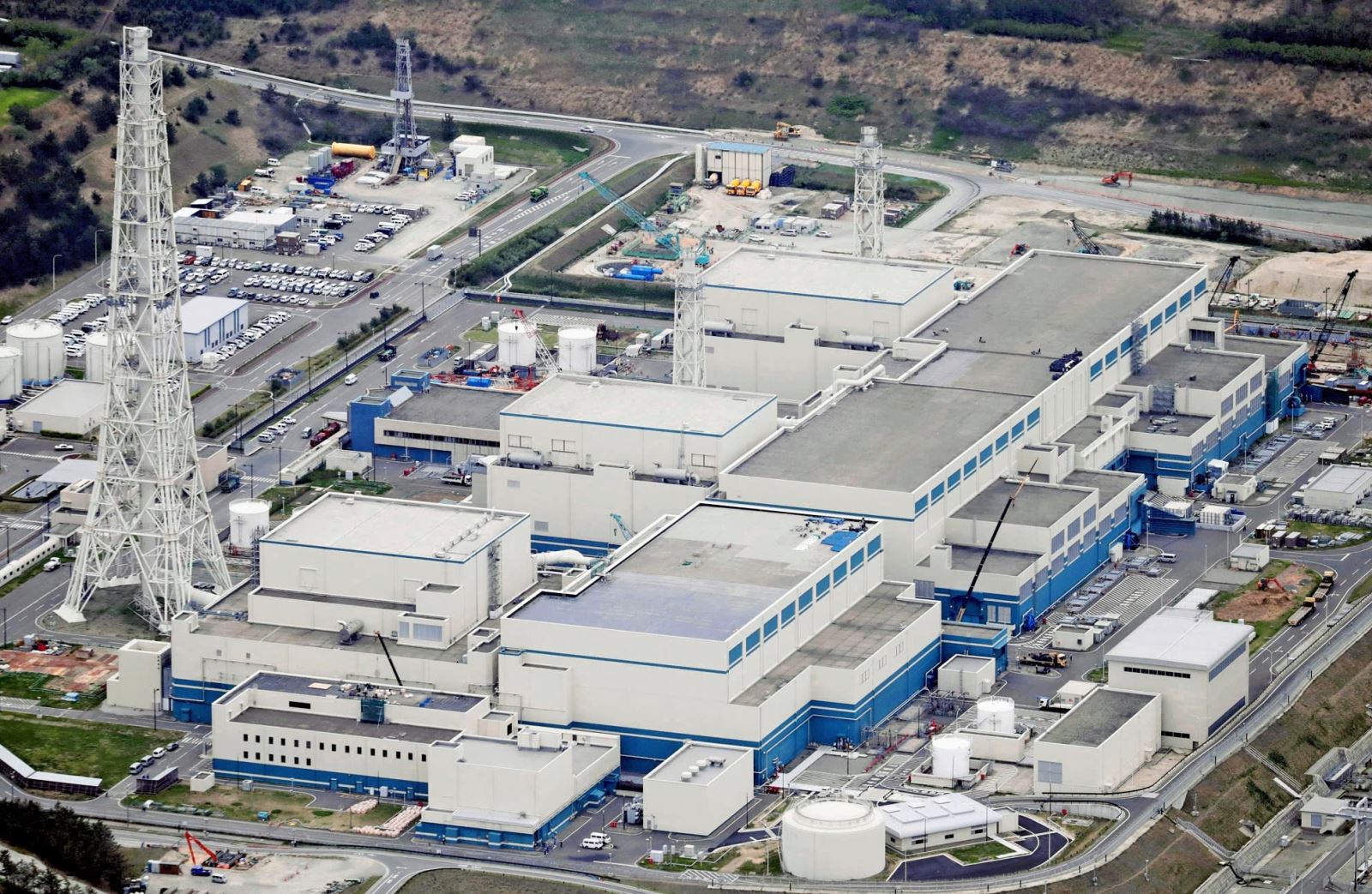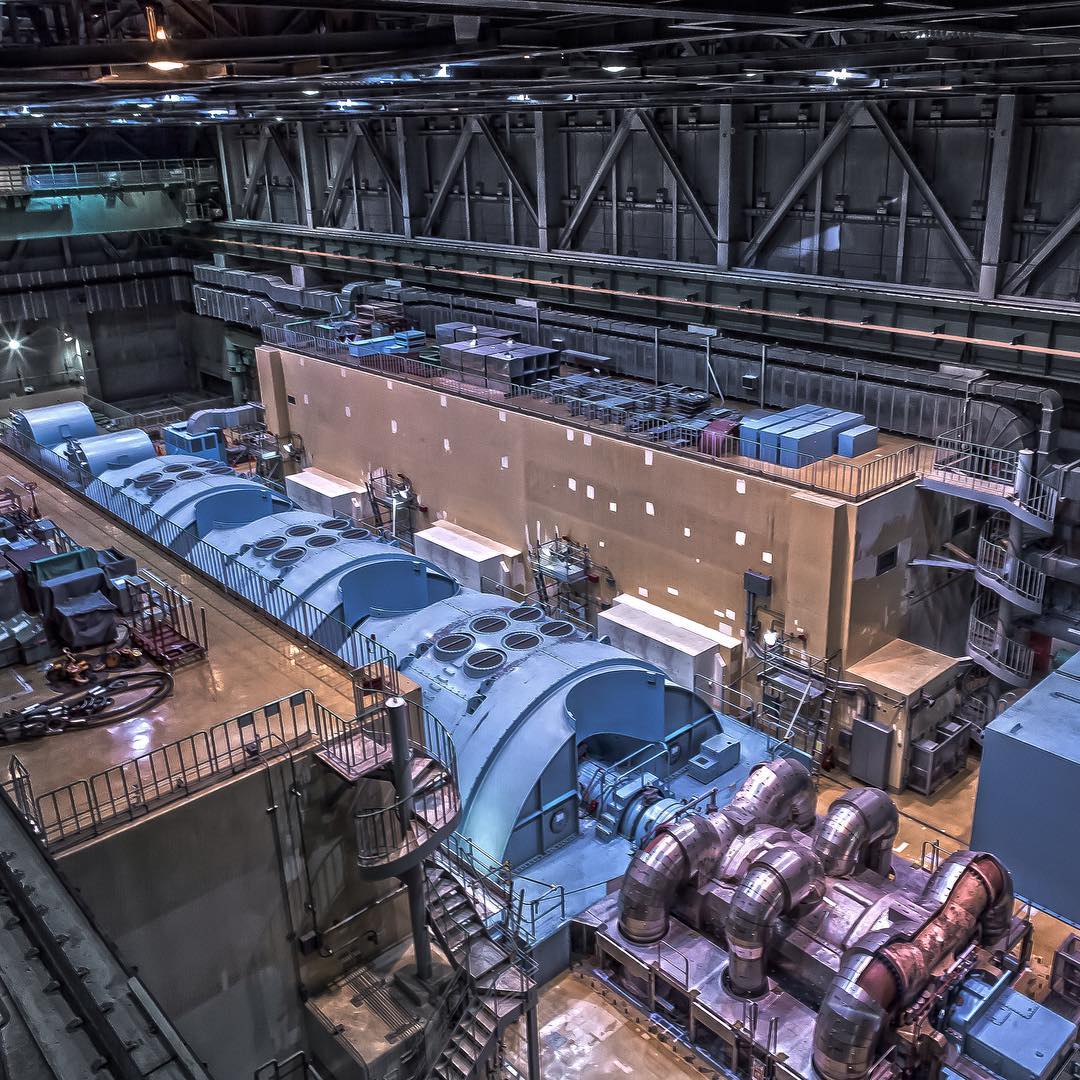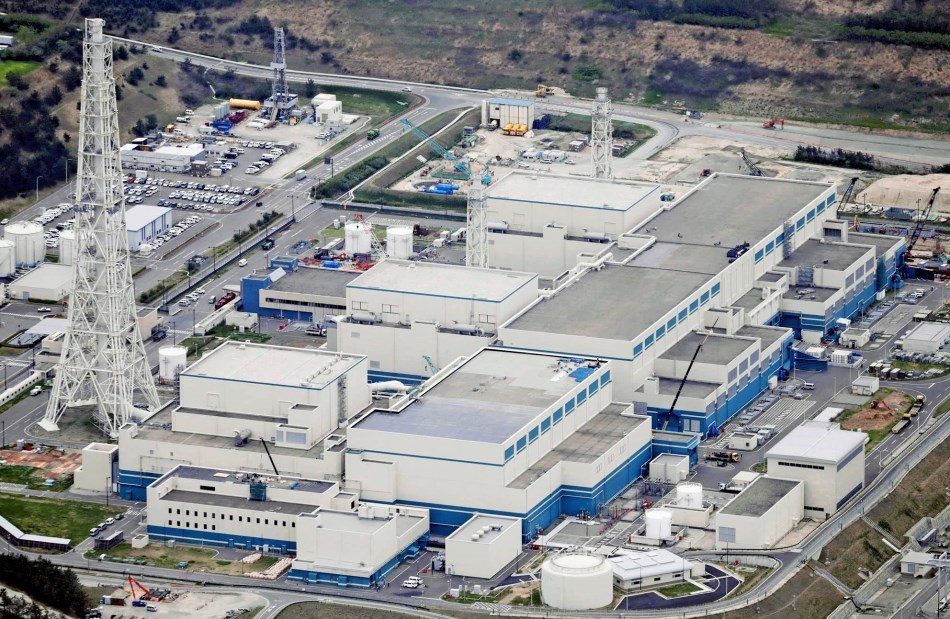Kashiwazaki-Kariwa is the world’s largest rated nuclear power station. With seven reactors generating 8,212MW, the station, owned and operated by the Tokyo Electric Power Company (TEPCO), can provide electricity to 16 million households.
The 4.2km² site is located in the Niigata Prefecture city of Kashiwazaki and the town of Kariwa, approximately 135 miles north-west of Tokyo, on the coast of the Sea of Japan.

Kashiwazaki-Kariwa is also the world’s fourth largest electric-generating station behind three hydroelectric plants: Itaipu on the Brazil-Paraguay border, Three Gorges Dam in China and Guri Dam in Venezuela.

Like all power plants in Japan, Kashiwazaki-Kariwa was built to strict earthquake-resistance standards. However, the 2007 earthquake caused the plant to leak radioactive substances into the air and water. The plant, which has been operating since 1985, was closed until safety checks following the earthquake were completed. The plant was reopened in May 2009.

According to en.wikipedia








